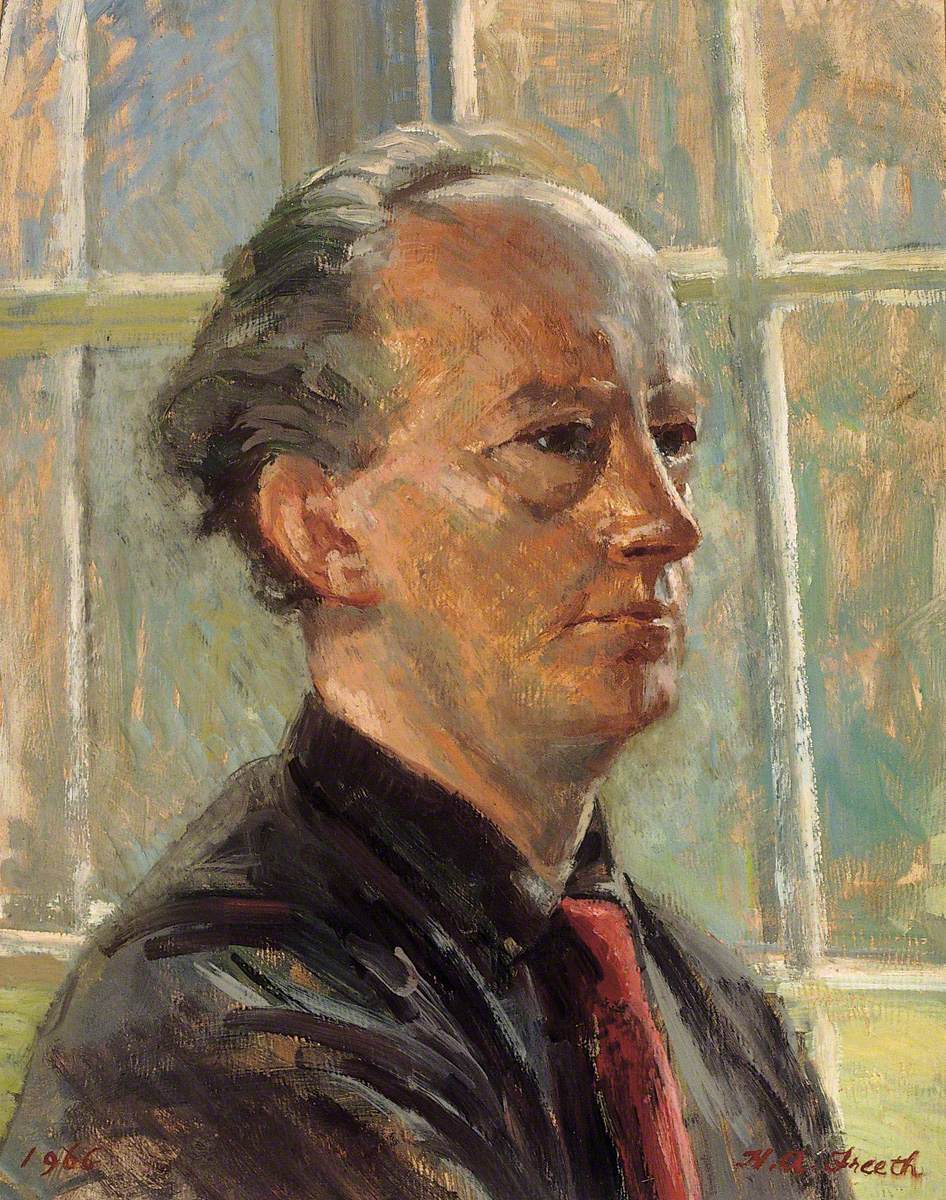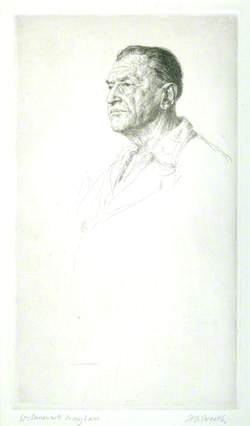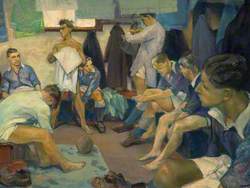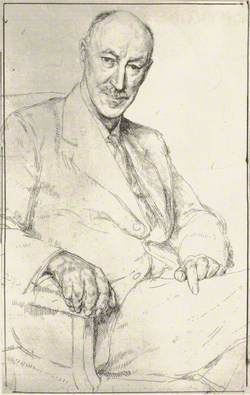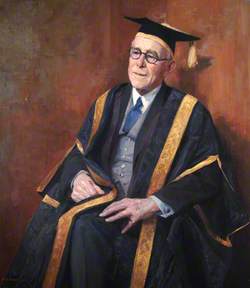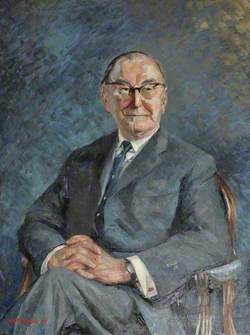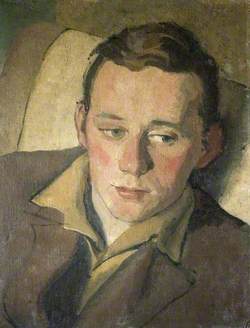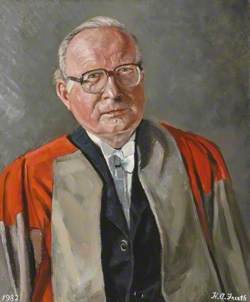How you can use this image
This image is available to be shared and re-used under the terms of the Creative Commons Attribution-NonCommercial licence (CC BY-NC).
This image can be reproduced in any way apart from any commercial uses.
Wherever you reproduce the image or an altered version of it, you must attribute the original creators (acknowledge the original artist(s), the person/organisation that took the photograph of the work) and any other stated rights holders.
Review our guidance pages which explain how you can reuse images, how to credit an image and how to find more images in the public domain or with a Creative Commons licence available.
DownloadNotes
Add or edit a note on this artwork that only you can see. You can find notes again by going to the ‘Notes’ section of your account.
In a letter to Borchard, the artist wrote he had ‘done about four self portraits in oil so far and I’m not really pleased with any of them.’ He proposed to work again soon. The 1966 self portrait shows a strongly modelled head in bold semi-profile set against the domestic geometry of window panes, through which the presumably late spring or summer day filters. The garden view is abstracted into a delicate impression of leaves, sunlight and earth. Freeth appears as a man of exceptional sensitivity, yet there seems to be something emotionally frozen in the rather glassy look, itself heightened by the pronounced shadow under the eye and the pursed, unyielding lips. His stern mien indicates a note of suppressed sadness and dissatisfaction.
During the war, as a member of the Intelligence Corps, Freeth drew dispassionate portraits of bitter, war-hardened German and Italian officers. His 1959 pencil portrait of the writer Alan Sillitoe (National Portrait Gallery collection) unites unshowy technical abilities with real perceptiveness.
Title
Self Portrait
Date
1966
Medium
oil on board
Measurements
H 45.5 x W 36 cm
Accession number
PCF37
Acquisition method
acquired by Ruth Borchard as part of the original collection
Work type
Painting
